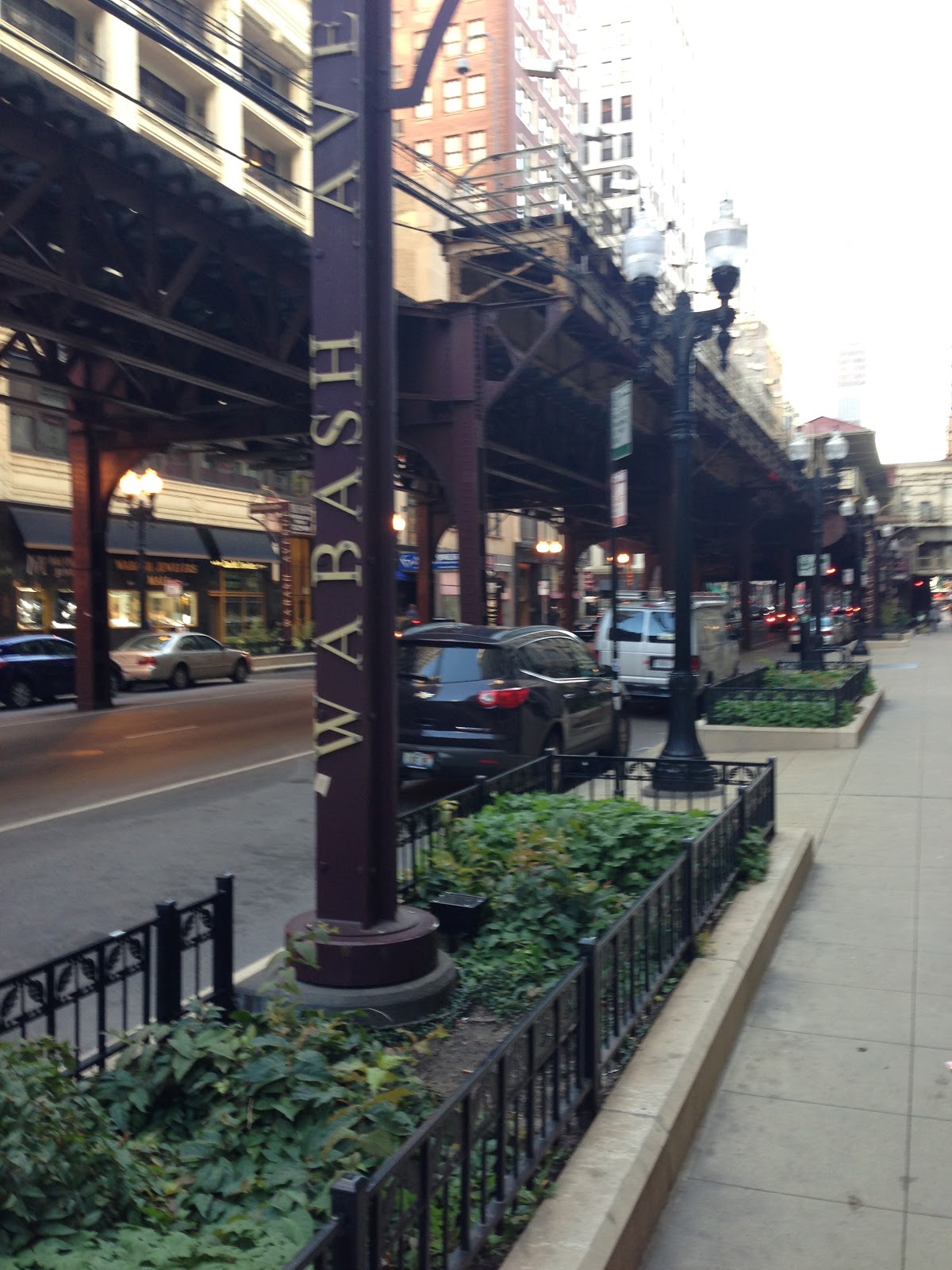
I started making soap for entirely skin-selfish purposes several years ago. I adore how real soap feels and how it actually helps moisturize (note, I use the word "moisturize" even though it is abhorrent sounding) instead of sucking skin dry like the detergent "soap" you buy from the store (ala Dial, Dove, et. al.) and even most boutiques.
So, I'm not going to re-create the wheel; I'm just going to gather everything that's been useful to me in one place (which will hopefully be useful to you).
Resources I Use Frequently... so as to NOT recreate the wheel
1. Tutorials - I like craftster.org for tutorials (for soap especially) because they'll answer you if you have questions; however, chances are most questions you'll want to ask have already been asked and answered; therefore you should do a thorough search of the board first. A) Start here; this is the best tutorial I've found for basic soap making
B) Then, go here; this is for after you've made a few batches successfully.
2. Soap calculator: This is ESSENTIAL for soap making and is a godsend. Fiddle around with it to make your own recipes.
3. 99% of what you need can be bought here: Wholesale Supplies Plus but, they don't sell lye...
4. The other 1%: Buy lye here or you can find it at some Ace Hardware stores. I recommend you call Ace ahead of time (before driving there) to ask if they have it.

Other Notes of Note From My Brain
- Equipment:
- I recommend a hand stick blender. My friend J started using it in her soap making and it helps (a lot) bringing the soap to "trace." I have this one and use it only for soap making
- A digital scale is essential (see #6 below)
- Speaking of essential- Essential Oils: So... once you start making soap you're going to realize that essential oils are the coolest and yet the most costly part of soap making. They have a lot to do with how your soap makes you feel and have therapeutic properties. There is this place called Essential Oil University that is pretty amazing. I buy my EO's there. However, I heard a rumor that they stopped selling EOs in less than $10K bulk orders. I don't know if this is true as I haven't purchased anything in over a year... Regardless, the research available there on EOs is really impressive.
- Soap Molds: I use old milk and egg beater containers/cartons to make my soap. I used to struggle with lining molds with parchment paper and cursing like a motherless sailor trying to get the soap in and out. Now, I pour the mixture directly into a cleaned out container then, 24 hours later, peel back the paper/ cardboard and toss it (the carton). This has made my soap making 100% stress free and I love it.
- Not included in the above tutorials (I think... or maybe touched on, but it bears repeating): after the mixture is poured into the mold I cover it with parchment paper and wrap it in a warm blanket and LEAVE IT ALONE for no less than 24 hours. Do not look, do not touch it. It is important to wrap it in a warm blanket so the soap doesn't cool too rapidly. This has always worked for me.
- Don't be too ambitious with your first batch: keep it simple so you don't get put off. Try an olive oil, coconut oil, grapeseed oil soap first (all of which you can buy at your local store). I recommend 20% coconut (for hardness and lather), 40% olive oil, and 40% grapeseed oil. Also, use lavender as your first EO. Everyone loves lavender and it is fairly benign in terms of affecting the texture of your soap (some EOs can drastically effect the soapafication process). Also, don't use beer or milk in your first few batches. You will just become enraged and start smashing things.
- Be precise: You have to be as precise as is possible (to the gram) with your water, lye, and oils. If your soap fails it's likely because you were imprecise.
(PS sorry for re-using old pictures. This post reminds me I need to make some new soap!)












